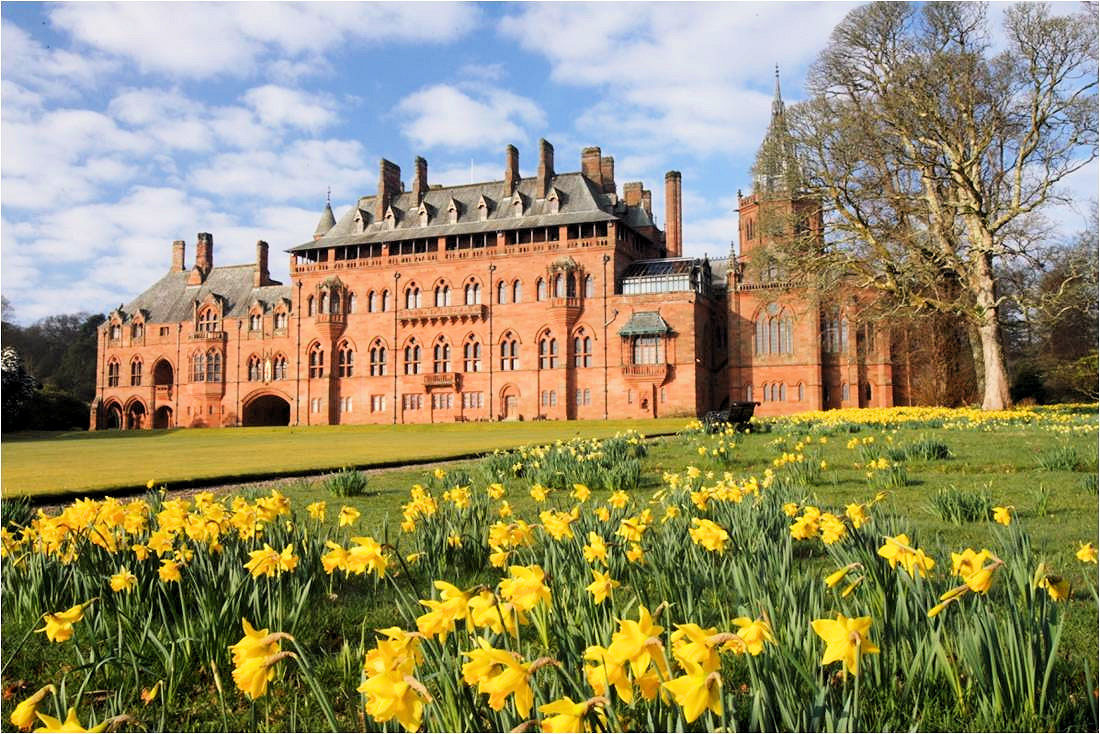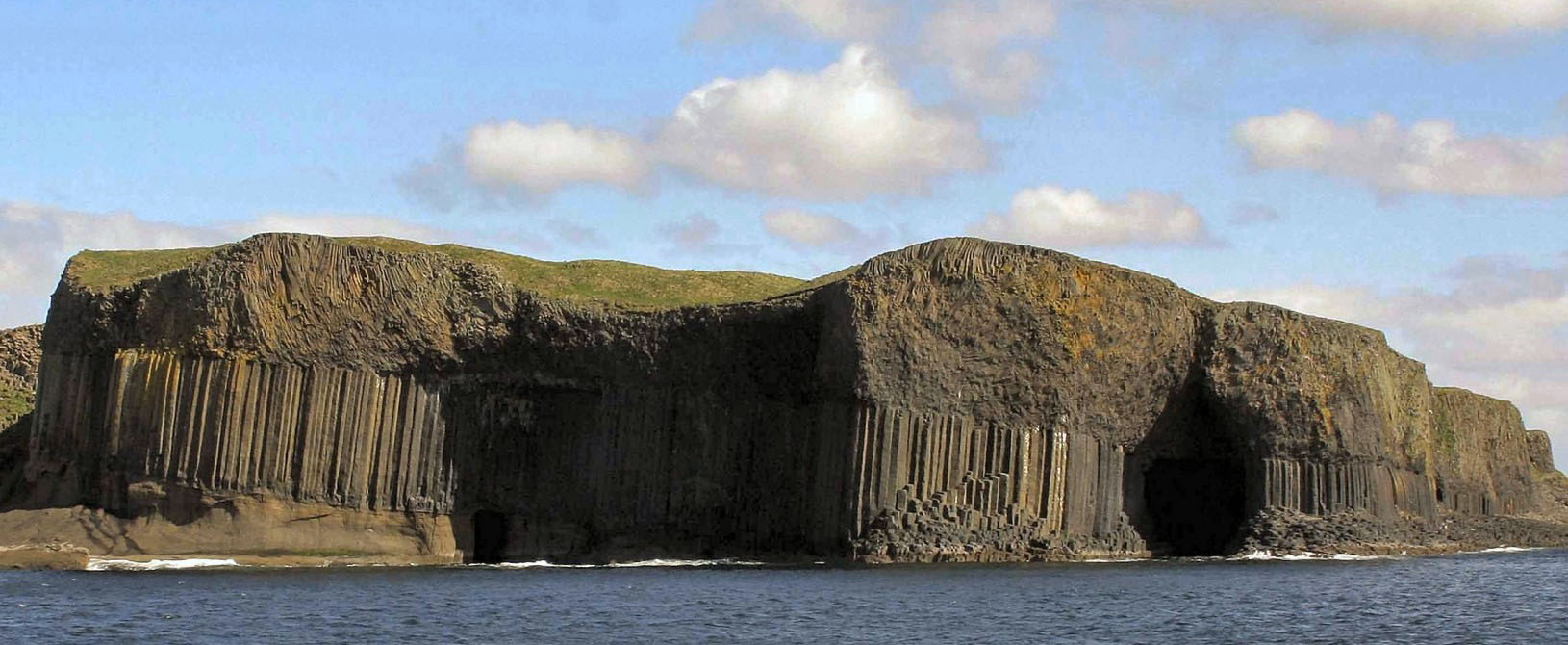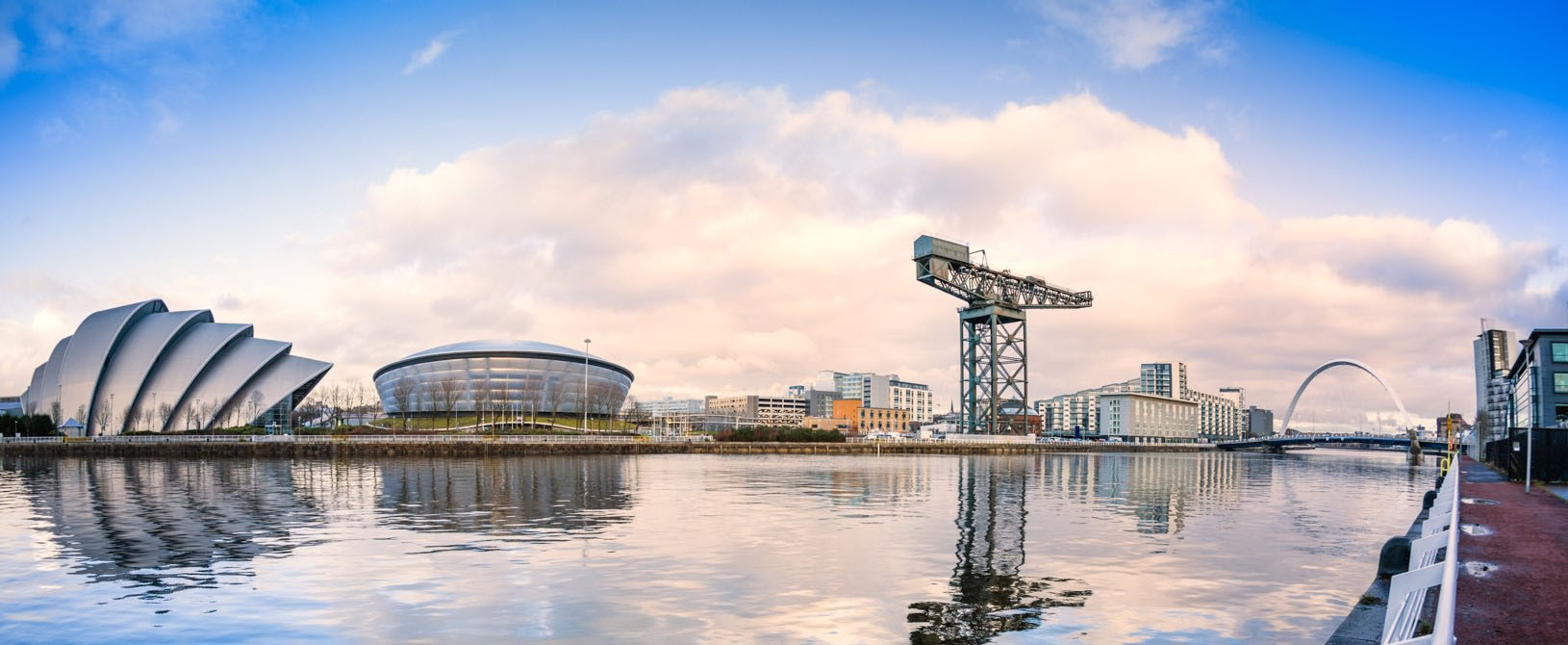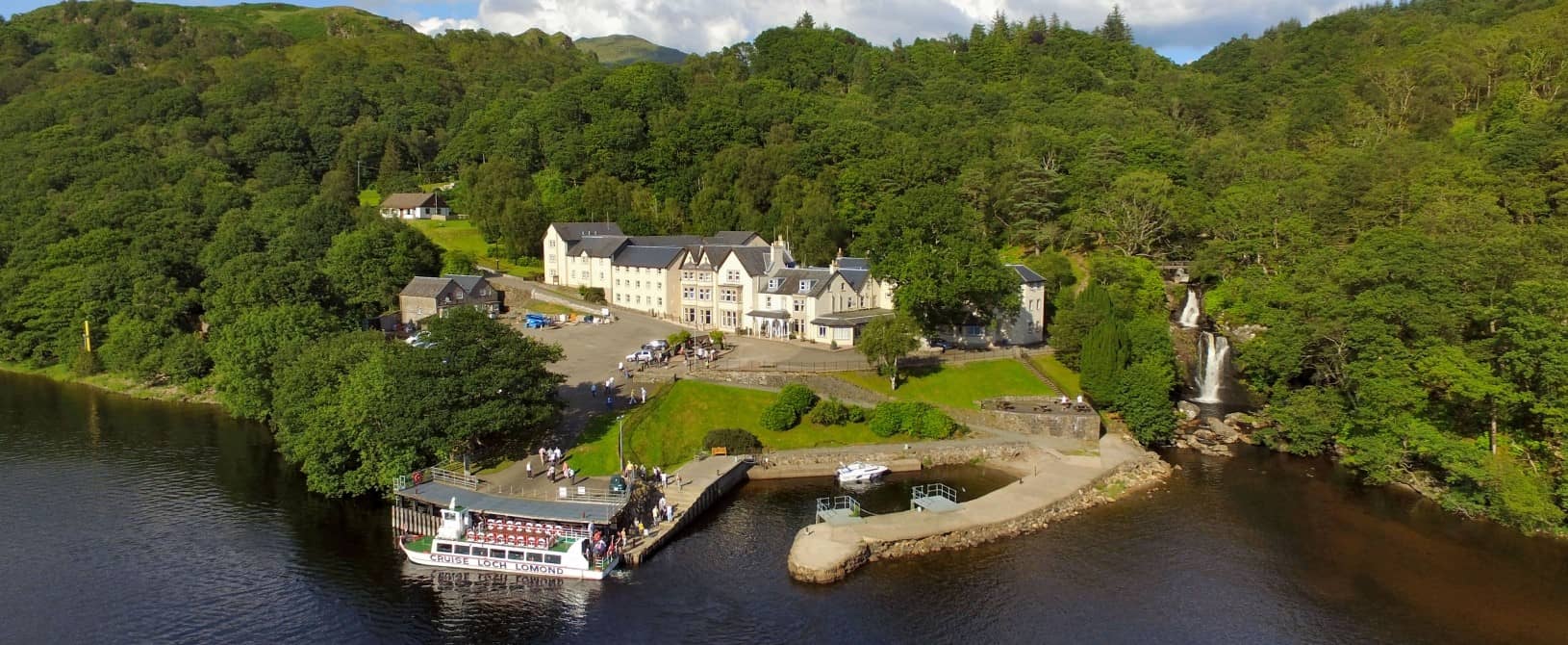Issue 15, Autumn 2001
Without a doubt, one of the most popular new additions to our day excursions this year has been the visits to the spectacular Victorian Gothic House - Mount Stuart.
Situated on the Isle of Bute, the house is the magnificent architectural fantasy of the 3rd Marquess of Bute and the Scottish architect Robert Rowland Anderson.
No expense was spared in its construction during the 19th century and the result is truly breathtaking, with its profusion of astrological designs, stained glass and marble.
From the outside it has the appearance of a Venetian Palace, but despite its opulence, it is still a family home with an extensive collection of period furniture, antiques and paintings illustrating several hundred years of the Bute family history.
Mount Stuart's position perched on a cliff top is equally impressive with commanding views across the Firth of Clyde to the Ayrshire coast. It is set amidst 300 acres of landscaped gardens and mature woodland which extend to the shore.
Guests enjoy exploring the 8 acre walled 'Wee Garden' created in 1823 and the impressive rock garden with water features and the new kitchen garden recently recreated and replanted by the late Lord Bute. This garden includes a large octagonal glass pavilion, which is currently undergoing an ambitious planting project to recreate a "microcosm" consisting of plants from the rainforests of Borneo and Papua New Guinea.
Finally the beautiful Lime Tree Avenue leads visitors to a stretch of sandy shoreline which is one of the most beautiful and peaceful in the West of Scotland.
Staffa
For some time we have wanted to include the island of Staffa in our itineraries, but the logistics of getting there have been just too difficult to overcome. But now there are excellent boats that regularly make the seven mile crossing from Fionnphort on the Isle of Mull and so we have decided to include a visit on some Loch Awe Hotel tours next season.
This trip gives excellent views of the island, although there is no guarantee that sea and weather conditions will allow an actual landing. However, during the summer months that we have scheduled these visits, we would expect to be able to go ashore on most occasions.
Staffa means "Island of Pillars" after the remarkable rows of basalt columns that are such a feature of the island. The columns also help form several caves, the most famous being the cathedral-like Fingal's cave, immortalised by Mendelssohn in his Hebrides overture. When a landing is possible, a path and handrail leads the reasonably able bodied from the jetty right into the awe inspiring 66ft high cavern.
There should also be time to explore the rest of the half mile long island - with no human residents, Staffa is home to numerous seabirds - most notably the adorable puffins that nest in burrows near the north shore.
Glasgow's River
At the start of the 18th century the River Clyde was a small, shallow unnavigable river, little used by anyone except fishermen who stretched their nets from bank to bank. By the middle of the century work began digging out a channel and by the 1790's, vessels of over 100 tons could sail up to Glasgow bringing in tobacco and taking out items manufactured in the city, including glass, leather, cotton goods and nails.
Around this time the iron and steel industry was just beginning and later, Glasgow became famous for building steam locomotives which were loaded from the newly built docks bound for Africa, India and Australia.
Not only was the river busy with cargo ships, but ship yards sat cheek by jowl on either bank. The Cutty Sark was one of the beautiful sailing ships built here, then later, ships of great opulence such as the Russian Imperial Yacht "Livadia" built in 1885 for the Tsar and his family. Everything from fishing boats and coasters to liners and war ships then, much later, the Aquitania, the Queen Mary, the Queen Elizabeth and finally the QE2.
But then, sadly, in the 1950's it almost came to an end with the competition from European and Asian yards. For many years the deserted docks, warehouses and abandoned yards were very unsightly, then in 1988 much of the riverside was cleared and a very successful Garden Festival took place. Later, the cleared area was used for housing, hotels, the wonderful Scottish exhibition centre and now, the recently opened Science Centre. Once again Glasgow is flourishing - proof indeed of the local saying -The Clyde made Glasgow and Glasgow made the Clyde.
Winkie Moore
Postcards From Inversnaid
The craze for sending and collecting postcards began around 1900 - as soon as it became legal to write both the address and message on the reverse side - and continued until the start of the first world war. In many cases cards were sent as a method of communication, rather than from the place depicted, as they usually are now.
For some years we have been collecting cards of our hotels and have been astonished to find just how many different views were published - so far we have over 500 different cards of Inversnaid alone printed during the first few years of the century.
It is fascinating to see how a familiar place looked 100 years ago, but it is just as interesting to see what is written on the back.
There was a great deal of interest from our guests when we recently put a few dozen old cards on display in the foyer at lnversnaid - including a copy of the accompanying text. Could the writers ever have imagined that their messages would be eagerly read by thousands of people almost a century later? Here are just a few.
April, 1901 - Will be at Queen St. 5.15 tomorrow. I shall be disappointed if anything prevents you coming!
March, 1908 - Dear Hath, I took your jacket to Piggotts to be repaired and out calling for it today was told they was sorry, but it was not started on yet - so I cannot get it down tomorrow. Very sorry but it is not my fault this time. Sorry Mum is not well yet.
September, 1911 - Just a card to liven you up. Hope you are not quite dead with the heatl. It has been pouring with rain up here for over a week.
August, 1903 - This has been a beautiful day here, but the roads are much too heavy for cycling, owing to yesterdays thunder showers. We have been to the top of the crags, a good stiff climb, but we were well repaid by the view we obtained. I shall write soon.
July, 1904 - Will be out on Thursday, the thing is settled.
September, 1942 - Betty and I are up here for the day. It's lovely country. I'll write again when I get back to the war



